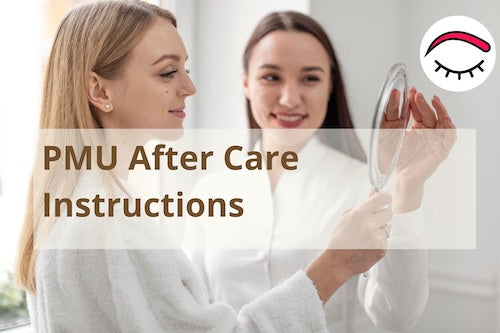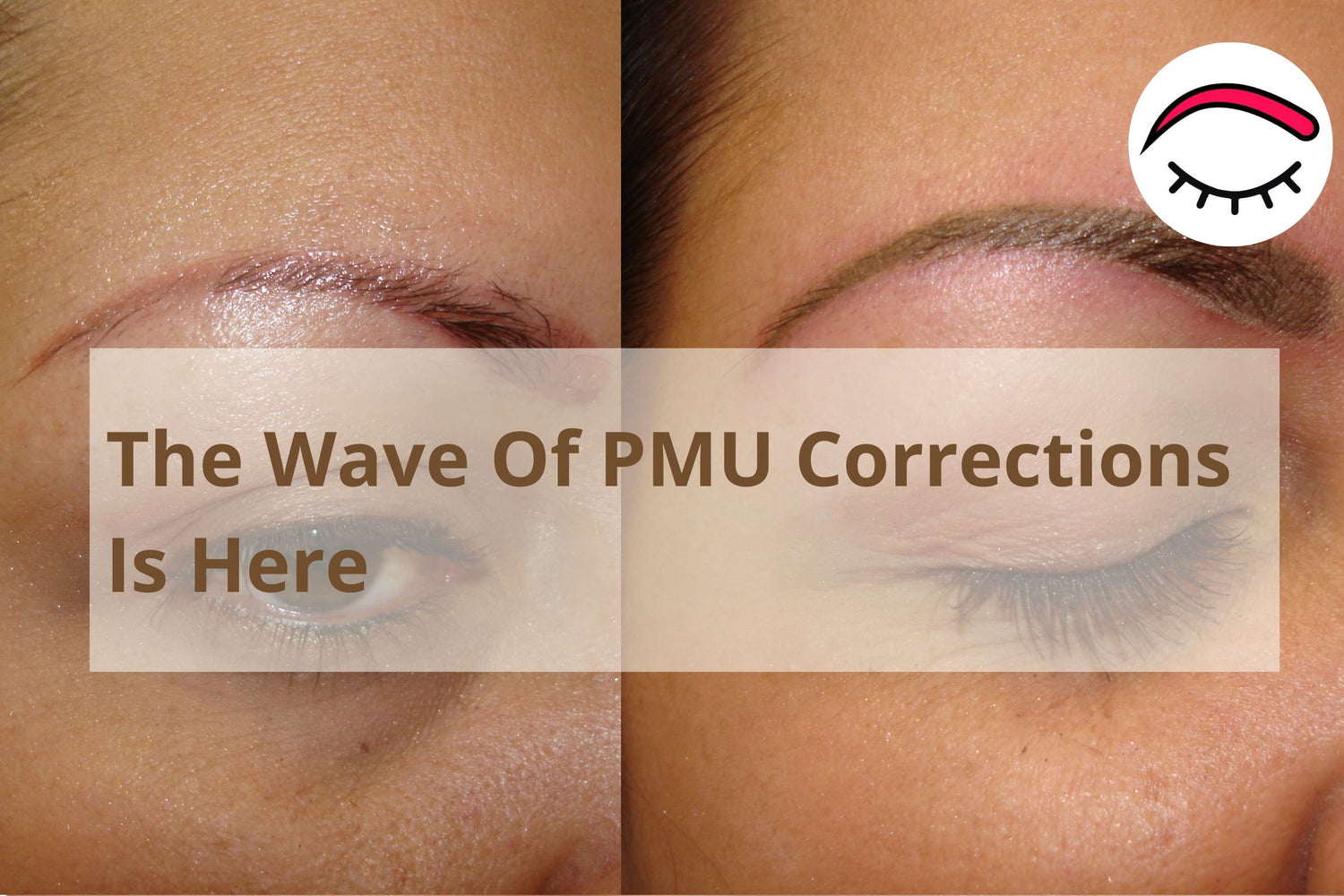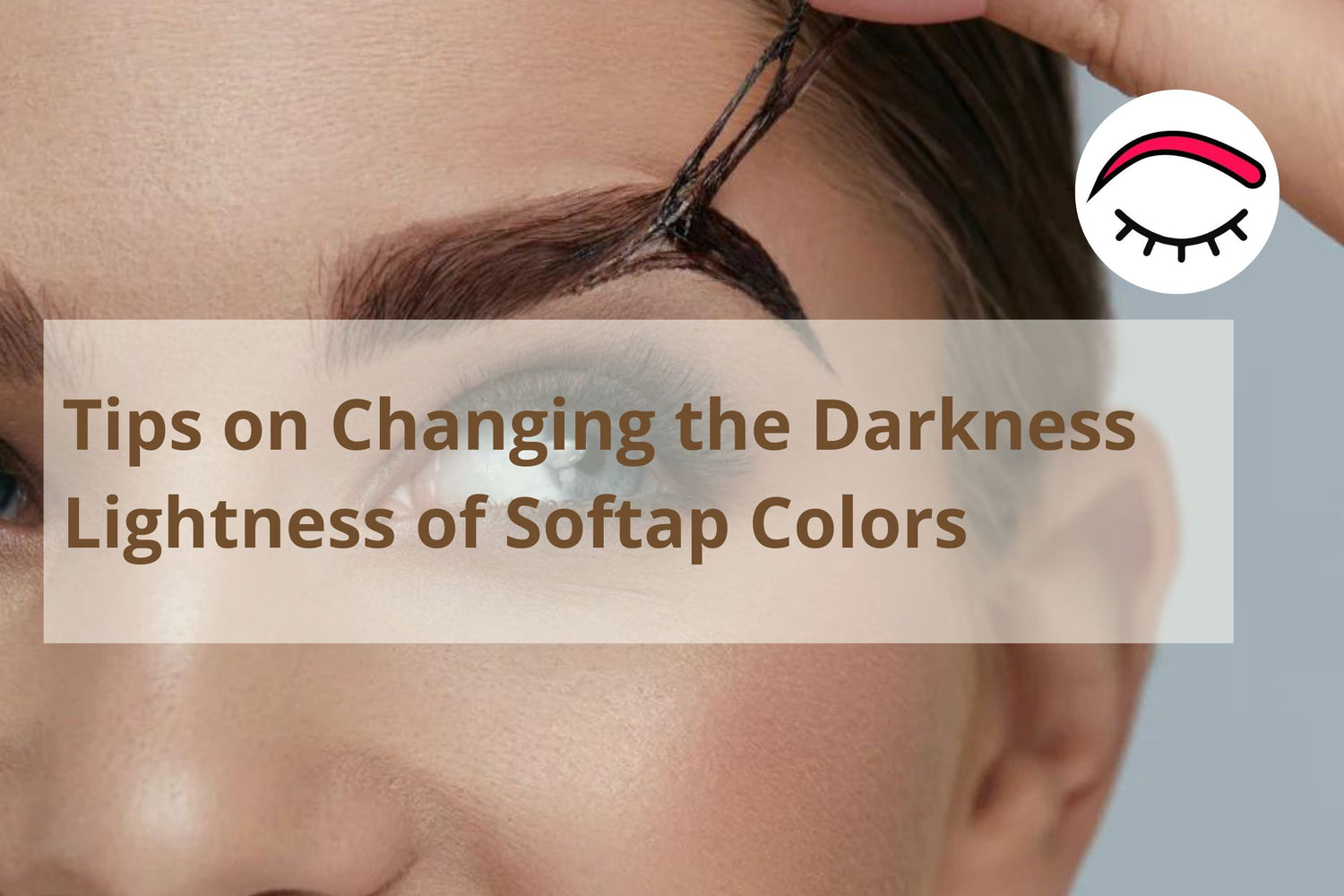
It Is Already Happening…. The Wave Of Corrections Is Here.
Dr. Cardona 1 comment
Leer en español

A while ago I wrote a blog about the importance of preparing yourself for this moment. So did you do it?
Today I write this article after numerous recent questions about the pigment removal process, particularly after microblading.
Questions have been about individual hair strokes being too thick, brows appearing to have a shadow, the application or development of an undesirable color, as well as incorrectly positioned brows, among many others.
Many technicians write to me asking for guidance on how to correct or erase the work using Lightning™ remover since consultations about these issues are on the rise in their offices.
For these types of problems, there are several solutions. There are products that help to remove the pigment, and also techniques and products that generate a camouflage effect which superficially conceals the error or issue. However, to achieve the desired effect, the technician requires the knowledge of how, when, and on whom to use the appropriate product.
How do you decide on the best solution?
As I mentioned before, when you want to erase permanent makeup the option is removal using chemicals or Laser. When you wish to conceal the appearance of the permanent makeup problem, the solution is to camouflage the pigment.
Pigment removal
The pigment can be chemically removed when it has recently been implanted or when it is very dark. For this, Softap has a product called Lightning ™ remover which contains a mixture of alpha and beta hydroxy acids that help to exfoliate the superficial skin and allow it to penetrate to the pigmented area of the dermis, directly interacting with it. This process helps to generate the extraction of the unwanted pigment.
To achieve an optimal result I recommend doing several short sessions instead of one or two intensive sessions. This process helps you to avoid complications related to healing.
In some cases, after you remove the pigment, a camouflage treatment may still be required.
To perform a good pigment removal it is important to use the correct manual technique – not microblading. I also do not recommend using a permanent makeup or tattoo machine.
Why?
When applying the pigment remover, a few taps with the needle on the skin are required, and the depth, speed, and pressure must be carefully controlled. All of these requirements can be met using the Softap® Technique. Microblading and machine application can cause unnecessary trauma, potential scarring, and inadequate results.
I do not recommend the use of Lighting™ Remover on the eyelids due to the risk of corneal abrasions in the event the product accidentally enters the eye. This condition will generate discomfort for the client, potential damage in the eye, and could possibly lead to litigation.
When do I try to camouflage the area?
I recommend this technique in the following cases:
- When the pigment is deposited very deeply on the skin.
- When the procedure was performed more than 6 months ago.
- When the color is a medium or light tone.
- When you need to define edges that are reddish, bluish or grayish.
For correct camouflaging, I recommend that you:
- Never use a pure skin color;
- Never use a pure correction aid color.
Meant for translucent, Mediterranean skin types.
Best color to neutralize blue or gray tones.

Works best for reddish or orange eyebrows.
What I have used and what I have achieved the most success with is the mixture of the skin color tone called Sandy Beach combined with the correction aid intended for the color(s) I wish to camouflage. For example:
- If the color I want to camouflage is reddish, I use 7 parts Sandy Beach plus 3 parts Lime-Aid.
- If the color I want to camouflage is bluish or grayish, I use 7 parts Sandy Beach plus 3 parts Orange-Aid.
- I mix them very well and use them with the Softap® Technique.
I select needles according to the area I am going to work on. If it is an area in which the color is compact, I select a 5 or 7 straight prong needle and work using the criss-cross pattern.
If I want to define one hair, I select a 6 fine curved prong needle or a 16 fine curved prong needle and work along the direction of the hair in a parallel direction to define the hair.
If what I want is to reduce the bluish or reddish halo around the eyebrow or eyeliner, I use a 9 or 12 straight prong needle and work parallel to the edge of the eyebrow.
Remember this phrase:
A good camouflage is one in which you do not see what your client had previously or what you did. In other words, if, once the skin is healed, you see the correction color you applied, you didn’t do a good job.
When I perform a procedure of this type, the first thing I do is to carefully break down the components of the full procedure with my client in clear terms he or she can understand. I explain that this kind of procedure requires a process that needs to be fully completed in order to see the desired final result.
The client needs to be willing to persevere through the entire process or decide not to start it at all. The reason for this is because a removal or camouflage procedure in progress can look very bad between treatments. A client may believe is it not being properly done and not working., but they need to understand that, indeed, the treatment is working and it requires time, patience, and as many sessions as necessary, in order achieve the goal.
My recommendation to you as an artist in permanent makeup is:
If you really want to become an expert in this field, look for an authorized instructor to teach you removal and correction. Do not attempt a treatment you do not know how to do properly.
If you understand the Softap® technique, look for an advanced class. If you do not know Softap® at all, do not attempt a lightening or removal with the Lightening™ solution using another method such as microblading or machine.
The use of this pigment remover requires knowledge of the technique and the product, as well as a commitment to the careful execution of the process guided by your professional ethics.
If you need help finding an authorized Softap® instructor, please contact us
info@buypermanentmakeup.com. We will gladly help you.
info@buypermanentmakeup.com. We will gladly help you.




 Orange Aid - 328
Orange Aid - 328








1 comment
Gracias x tan buena técnica pero quisiera me pudiera mandar videos gracias